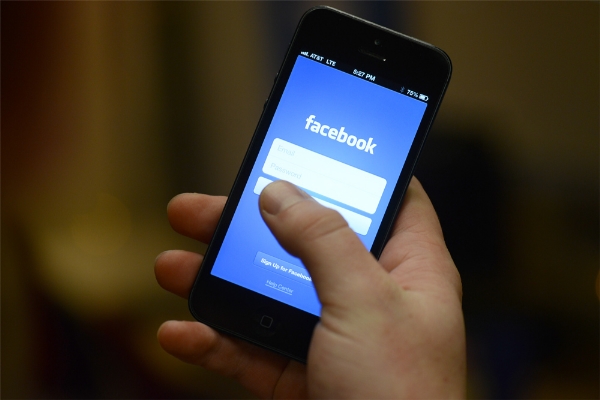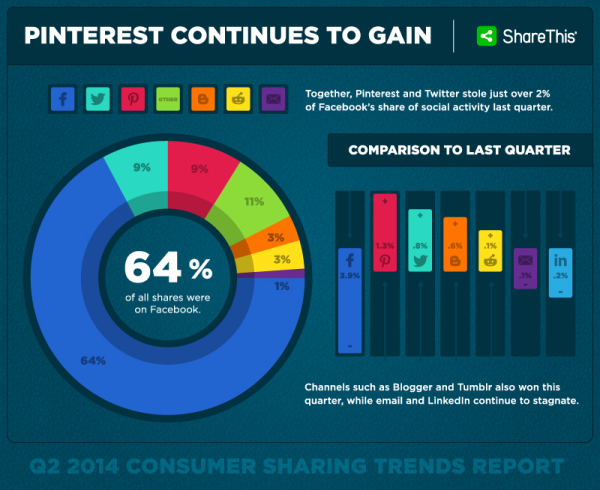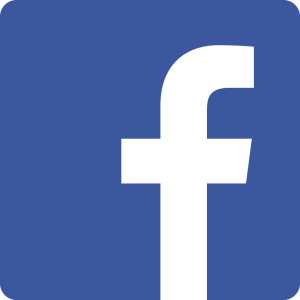 Facebook has long been the favorite social media platform for sharing content, but if a report from the New York Times is any indication content creators may soon be looking for a new platform to share their content while still attracting users to their own websites.
Facebook has long been the favorite social media platform for sharing content, but if a report from the New York Times is any indication content creators may soon be looking for a new platform to share their content while still attracting users to their own websites.
According to the report, Facebook may be considering hosting linked content directly on its own site, and serving ads on that content, rather than linking directly to content creators’ sites. Not only does this mean a drop in traffic from Facebook users, the change could outright cause the site owners to lose revenue from declining traffic and ads on their own site.
The change is supposedly going to be limited to mobile devices, but it has already stirred up quite a controversy with content creators and marketers.
Facebook seems to believe the change could be more convenient to users, but those who create content see it more closely in line with content syndication or even content theft. No matter the convenience to users, many content creators depend on revenue from page views and ads which would be significantly impacted if Facebook does end up hosting content.
In the wake of the controversy, Facebook has even opened a discussion on the possibility of sharing revenue to websites that own the content being hosted. In the New York Times article, Facebook explained its profit sharing proposal:
Facebook hopes it has a fix for all that. The company has been on something of a listening tour with publishers, discussing better ways to collaborate. The social network has been eager to help publishers do a better job of servicing readers in the News Feed, including improving their approach to mobile in a variety of ways. One possibility it mentioned was for publishers to simply send pages to Facebook that would live inside the social network’s mobile app and be hosted by its servers; that way, they would load quickly with ads that Facebook sells. The revenue would be shared.
That kind of wholesale transfer of content sends a cold, dark chill down the collective spine of publishers, both traditional and digital insurgents alike. If Facebook’s mobile app hosted publishers’ pages, the relationship with customers, most of the data about what they did and the reading experience would all belong to the platform. Media companies would essentially be serfs in a kingdom that Facebook owns.
The real question appears to be if there will be an opt-out option available. There has been no mention of an opt-out or the potential for the hosting of content to be optional. Even if it is up to the publisher, the change could still negatively impact content creators who choose to host their own content on their page, as content which is hosted on the social platform is likely to look more attractive and convenient.


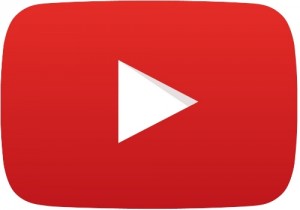 You might assume that the largest social media platform would have the most effective paid advertising platform, but Facebook’s platform doesn’t hold the title according to
You might assume that the largest social media platform would have the most effective paid advertising platform, but Facebook’s platform doesn’t hold the title according to 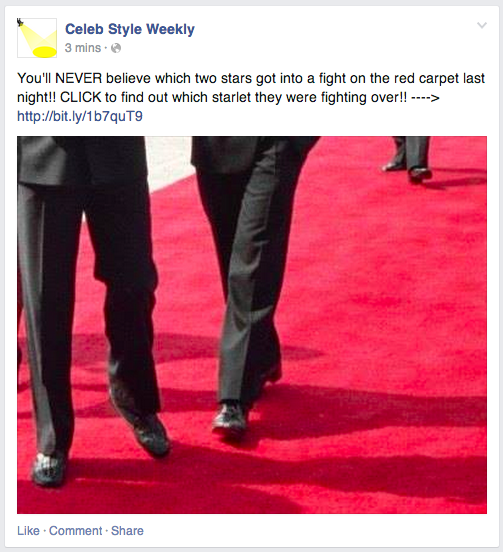
 Countless businesses have 90 days to make significant changes to their Facebook strategies and pages. With an update to its
Countless businesses have 90 days to make significant changes to their Facebook strategies and pages. With an update to its 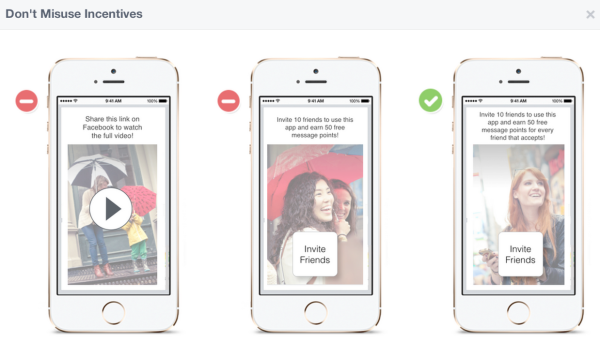
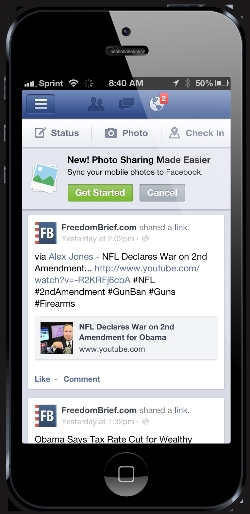 The majority of reports about Facebook this year would suggest the largest social media platform is about to crumble under its own weight. But, all the latest data from their
The majority of reports about Facebook this year would suggest the largest social media platform is about to crumble under its own weight. But, all the latest data from their 